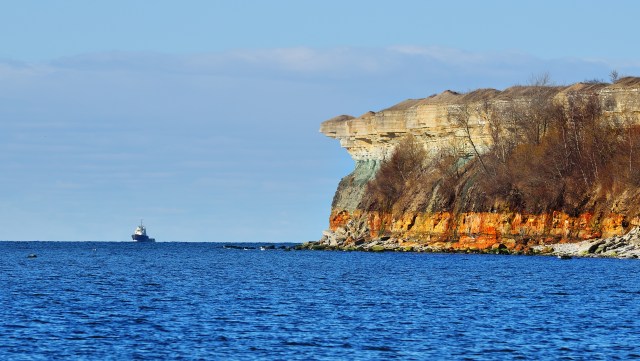Restricting the spread of invasive marine species has been a major challenge (both financially and technologically) for many commercial-scale boat/ship operators. Despite improvements in recent years, many concerns still lie ahead.
One topic that has not been addressed as thoroughly in mainstream media is ballast water management, as opposed to other ocean-related topics such as marine pollution, overfishing and rising sea levels. Considering that more than one billion people rely on seafood as a primary source of protein, there are major economic and social ramifications associated with the proliferation of invasive species, not to mention the corresponding widespread ecological damage.
Notwithstanding the aforementioned concerns, it is important to acknowledge the benefits associated with ballasts. For example, these help maintain the safety of crew and cargo by stabilsing the vessel, thus significantly reducing any potential capsising in treacherous conditions. Furthermore, this, in conjunction with other technologies, has helped facilitate the growth of a multi-billion-dollar logistics industry.
Considering that more than 80 percent of the world’s goods are transported via seas and oceans, with between 3 and 5 billion Litres of water shifted around the world per year, this is too significant to ignore.
This reinforces the need for swift yet comprehensive action on substantially reducing (and ideally avoiding) the spread of invasive species present within ballast water. As a response to this, the International Maritime Organisation (the IMO) pioneered the Convention on Ballast Water Management, which was established in 2004.
Whilst there are many examples of invasive water-borne species, one that I would like to focus on is Caulerpa Seaweed (Caulerpa taxifolia). Allgedly released from the Monaco Aquarium circa 1984, it has been spreading through the Mediterranean, slowly decimating native algae and seagrass communities since. It has the ability to spread asexually from remnants of an original alga individual. Based on this, there is a major potential it could be readily transported long distances, contained within ballast water discharge. Management of C. taxifolia is critical; it is listed as one of the 100 most invasive species in the world.
Source: North Sea Ballast Water, EU
Despite all of the doom and gloom, some ballast water treatment methods have been proposed and are subsequently being implemented (where practical). For example, microwave treatment of ballast water to exterminate any zooplankton or phytoplankton. This could be more feasible with greater energy efficiency for the treatment equipment. Some other proposed options include using chemicals (such as Chlorine and Hydrogen Peroxide), applying an electric shock through the medium and heat.
The IMO, in conjunction wih the British Broadcasting Council (BBC) have produced a documentary with further information about the plight of many oceanic ecosystems due to invasive species. This video can be viewed here.
Featured image source: GraphicStock


































